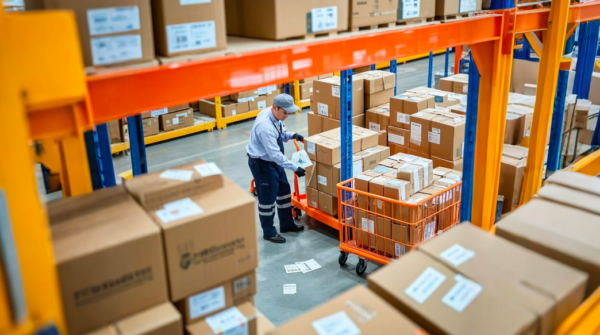Customs clearance is an essential part of international trade. It involves the legal process that goods go through to enter or exit a country. Understanding custom clearance meaning and the steps involved in this process is crucial for businesses and individuals who regularly engage in importing or exporting goods. This article will explain what customs clearance is, the process, and how to navigate it effectively.

What Is Customs Clearance?
Custom clearance meaning refers to the process of getting goods through customs when they are being imported or exported. Customs clearance ensures that goods comply with the regulations and laws of the country in which they are entering or exiting. It involves providing necessary documentation, paying required duties, and ensuring that the goods are inspected as needed by customs authorities.
The goal of customs clearance is to ensure that goods meet the legal requirements and to protect the economy by collecting the appropriate taxes and duties. Without proper clearance, goods can be delayed, seized, or returned, leading to additional costs for businesses and individuals.
Customs Clearance Process
The customs clearance process typically involves several key steps:
Documentation Preparation: The first step is gathering all necessary documents, which may include the commercial invoice, packing list, bill of lading, certificate of origin, and customs declaration forms. These documents provide information about the goods being imported or exported.
Customs Declaration: The importer or exporter must submit a customs declaration form, which details the type, value, and quantity of the goods. This helps customs officials assess the duties and taxes that need to be applied.
Goods Inspection: Customs authorities may conduct an inspection of the goods to ensure that they match the details provided in the customs declaration. This step can involve physical checks or random sampling, depending on the country’s regulations.
Payment of Duties and Taxes: Once the declaration is reviewed, the required import duties, taxes, or other fees must be paid. The customs authorities will calculate the amount owed based on the value of the goods, their classification, and the country of origin.
Release of Goods: After the duties and taxes are paid and the goods pass any required inspections, customs will release the goods for delivery. If any discrepancies are found during the inspection, the goods may be delayed or returned.
Paying Customs Duties
Customs duties are taxes imposed by the government on imported goods. The amount of duty varies depending on the type of goods, their value, and their country of origin. In addition to import duties, there may also be other taxes such as VAT (Value Added Tax) or excise taxes that must be paid.
It’s important to ensure that all duties and taxes are paid promptly to avoid delays in the clearance process. Delays in payment can result in additional fines or penalties, affecting the entire shipping process.
How to Ensure Smooth Customs Clearance
To ensure smooth and timely customs clearance, consider the following tips:
- Accurate Documentation: Ensure that all documents are complete and accurate to avoid delays or rejection by customs authorities.
- Understanding Duties and Taxes: Familiarize yourself with the customs duties and taxes that apply to your goods, and ensure that you’re paying the correct amount.
- Choose a Reliable Customs Broker: A customs broker can help you navigate the complexities of the clearance process and ensure compliance with all regulations.
- Plan Ahead: Shipping and customs clearance can take time, so it’s important to plan your shipments well in advance to avoid unnecessary delays.
Frequently Asked Questions
How Long Does Customs Clearance Usually Take?
The time it takes to clear customs can vary depending on the country and the type of goods being shipped. On average, customs clearance can take anywhere from one to five business days. However, additional inspections or paperwork can extend the process.
Can Goods Be Detained After Customs Clearance?
Yes, goods can be detained even after customs clearance if there is suspicion of illegal activity, non-compliance with regulations, or incorrect paperwork. Customs authorities have the right to seize goods if necessary.
Do Export Goods Need to Pay Import Duties?
No, export goods are generally not subject to import duties in the destination country. However, the goods may still be subject to taxes or customs regulations upon arrival.
Conclusion
In conclusion, understanding custom clearance meaning and the steps involved is essential for anyone engaged in international trade. Customs clearance ensures that goods comply with national laws, allowing them to pass through customs and reach their destination without issues. By preparing accurate documentation, understanding the duties and taxes, and working with a reliable customs broker, you can ensure a smooth customs process and avoid unnecessary delays or costs.


